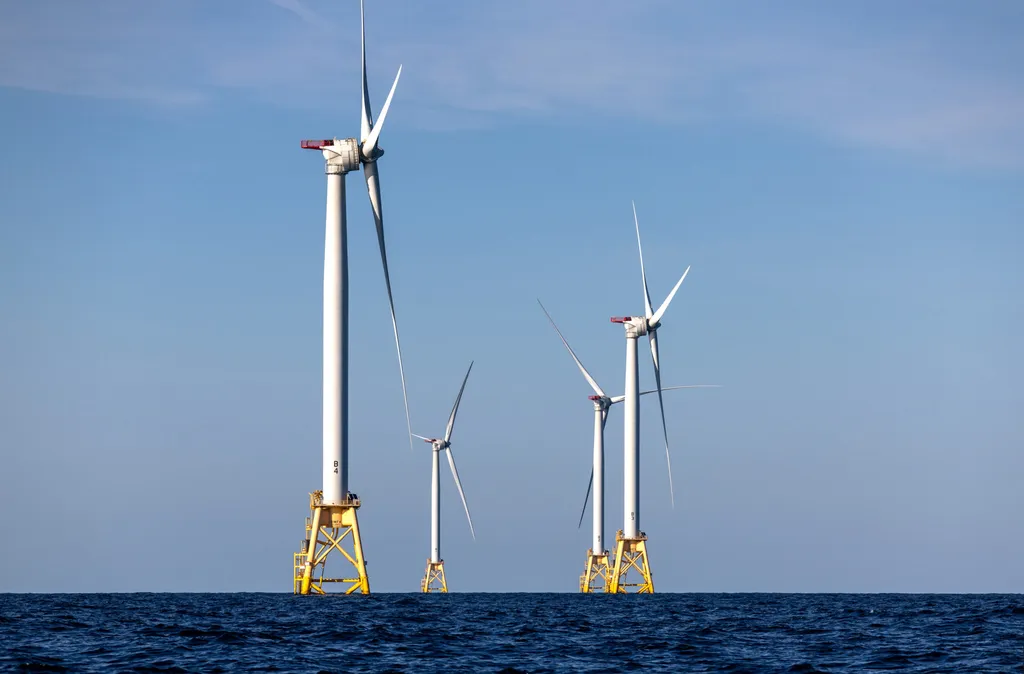The rapid deceleration of the U.S. offshore wind industry, precipitated by the current administration’s policies, has significant implications for the agriculture sector and investors. The abrupt shift in federal support for offshore wind projects, including the elimination of tax credits, imposition of tariffs on turbine parts, and cancellation of port infrastructure funds, has created a climate of uncertainty and financial instability for the industry.
For the agriculture sector, offshore wind development had presented an opportunity to diversify energy sources and reduce reliance on fossil fuels. The potential for wind farms to power millions of homes and businesses offered a promising avenue for farmers to explore renewable energy options and potentially generate additional revenue streams. However, with the current administration’s policies, this potential has been significantly diminished. Farmers may now face continued reliance on traditional energy sources, which are subject to price volatility and environmental concerns.
Investors, too, are grappling with the fallout from the administration’s policies. The $114 billion in canceled or delayed investments highlights the substantial financial impact. Projects that were once seen as lucrative opportunities are now mired in uncertainty, with developers forced to lay off staff and scale back operations. The shortened timeline for federal tax credits and the imposition of tariffs on turbine parts have made many projects financially unviable, leading to a wave of cancellations and delays.
The implications for the agriculture sector and investors are clear: the current administration’s policies have created a challenging environment for offshore wind development. For agriculture, this means a continued reliance on traditional energy sources and a missed opportunity to diversify energy portfolios. For investors, it signifies significant financial losses and a need to reassess the viability of offshore wind projects in the current political climate. As the industry grapples with these challenges, the future of offshore wind in the U.S. remains uncertain.

